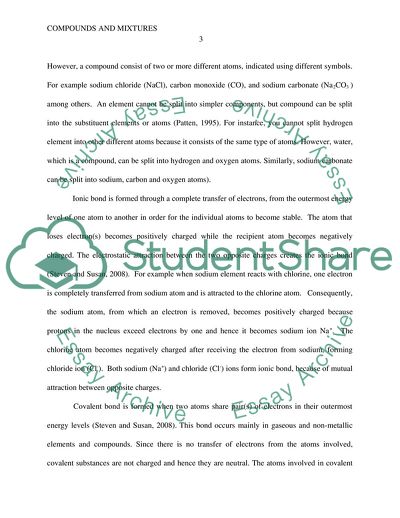Cite this document
(Elements, Compounds and Mixtures Research Paper, n.d.)
Elements, Compounds and Mixtures Research Paper. https://studentshare.org/chemistry/1768151-compunds-and-mixtures
Elements, Compounds and Mixtures Research Paper. https://studentshare.org/chemistry/1768151-compunds-and-mixtures
(Elements, Compounds and Mixtures Research Paper)
Elements, Compounds and Mixtures Research Paper. https://studentshare.org/chemistry/1768151-compunds-and-mixtures.
Elements, Compounds and Mixtures Research Paper. https://studentshare.org/chemistry/1768151-compunds-and-mixtures.
“Elements, Compounds and Mixtures Research Paper”. https://studentshare.org/chemistry/1768151-compunds-and-mixtures.


